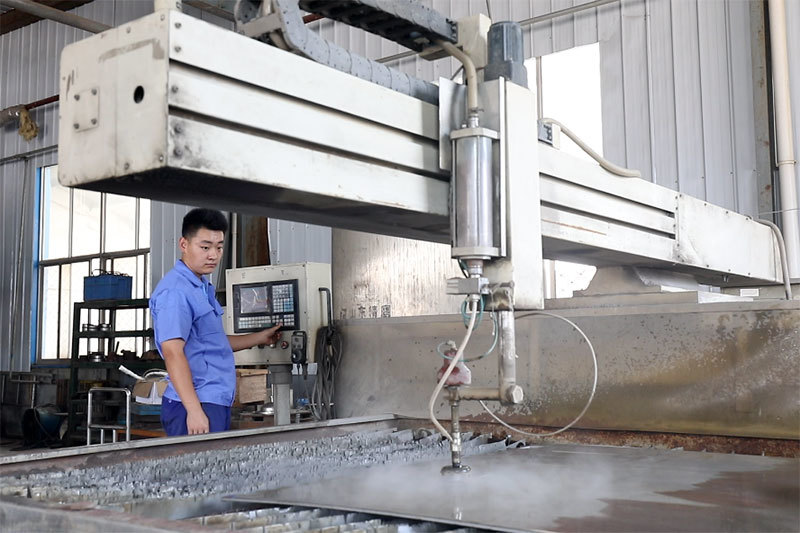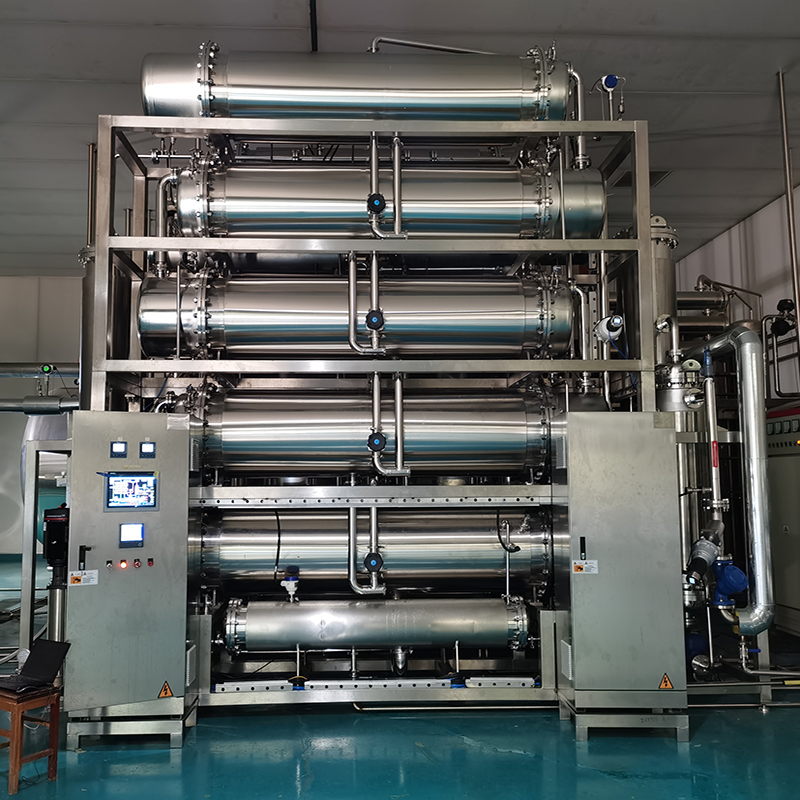Welcome to the official website of Shandong Eagle Pharma Machinery Co.,Ltd.!
Service Hotline:+86-536-8800237
Product Center
Contact Us
Address: Block B, Headquarters Base ABP, No.2600, Zhuangjian Road.Weifang, Shandong, P.R.C.
Tel: +86-536-8800237
Email: export@sdwemac.com
WhatsApp: Naomi: 86 15315252862
RO+EDI Purified Water System
Reverse osmosis equipment has single-stage RO and double-stage RO, which can be selected according to raw water quality and product water requirements. The difference between single-stage RO and double-stage RO in reverse osmosis equipment is that the water treated by double-stage RO is more "pure" than the water from single-stage RO, which meets the higher water demand of enterprises.
Keywords:
category:
Details description
Reverse osmosis equipment has single-stage RO and double-stage RO, which can be selected according to raw water quality and product water requirements. The difference between single-stage RO and double-stage RO in reverse osmosis equipment is that the water treated by double-stage RO is more "pure" than the water from single-stage RO, which meets the higher water demand of enterprises. Under normal circumstances, the secondary concentrated water of the dual-stage RO is recycled and recycled. In contrast, the cost of the single-stage RO scheme is lower than that of the dual-stage RO scheme, and the system design requirements are lower.
After the raw water is pretreated to meet the RO inflow requirements, the RO system is introduced to effectively remove the salts in the water. For example, after pretreatment, through a primary reverse osmosis device, 98% of the salt, all suspended solids, colloids and organics can be effectively removed, and at the same time, the pH and the conductivity of the primary product water can be adjusted reasonably.
The reverse osmosis system is used in combination with the front-end pretreatment system and reverse osmosis equipment. Pretreatment can improve water supply conditions and prolong the life cycle of reverse osmosis membranes. The reverse osmosis technology has high requirements on the reverse osmosis membrane, and the reverse osmosis membrane is prone to pollution. Some common pollutions include scratches on the membrane surface, blockage caused by microorganisms, and fouling and fouling, which affect the performance of reverse osmosis and lead to continuous water permeation. decreased and the amount of salt permeation increased. Therefore, good pretreatment is the basis for the stable operation of reverse osmosis equipment.
A UV sterilizer and an antiscalant dosing system are usually installed before the RO device. The sterilization rate of UV sterilizer is 99%. It mainly kills bacteria in water, controls the content of microorganisms, and prevents microorganisms from fouling the RO membrane to prevent the RO membrane from being fouled. The addition of antiscalants to the reverse osmosis system is to prevent scaling on the concentrated water side of the RO unit. Since CO2 dissolves in water, it will seriously affect the water quality of the reverse osmosis system. It is necessary to add NaOH between the two stages of RO to adjust the conversion of CO2 into HCO3- in an alkaline environment, and then remove the ionic substances through the RO membrane. If the CO2 content is very high, its concentration can also be reduced by degassing. The degassing device is generally installed between the primary and secondary reverse osmosis devices, so as not to increase the bacterial load of the system.
In terms of process selection, EDI can be added after the reverse osmosis system to carry out deep desalination and further improve the water quality. While the reverse osmosis system can effectively remove the ions in the water, the RO effluent must meet the influent requirements of the EDI device process.
Packing and shipping




FAQ






Related Products












